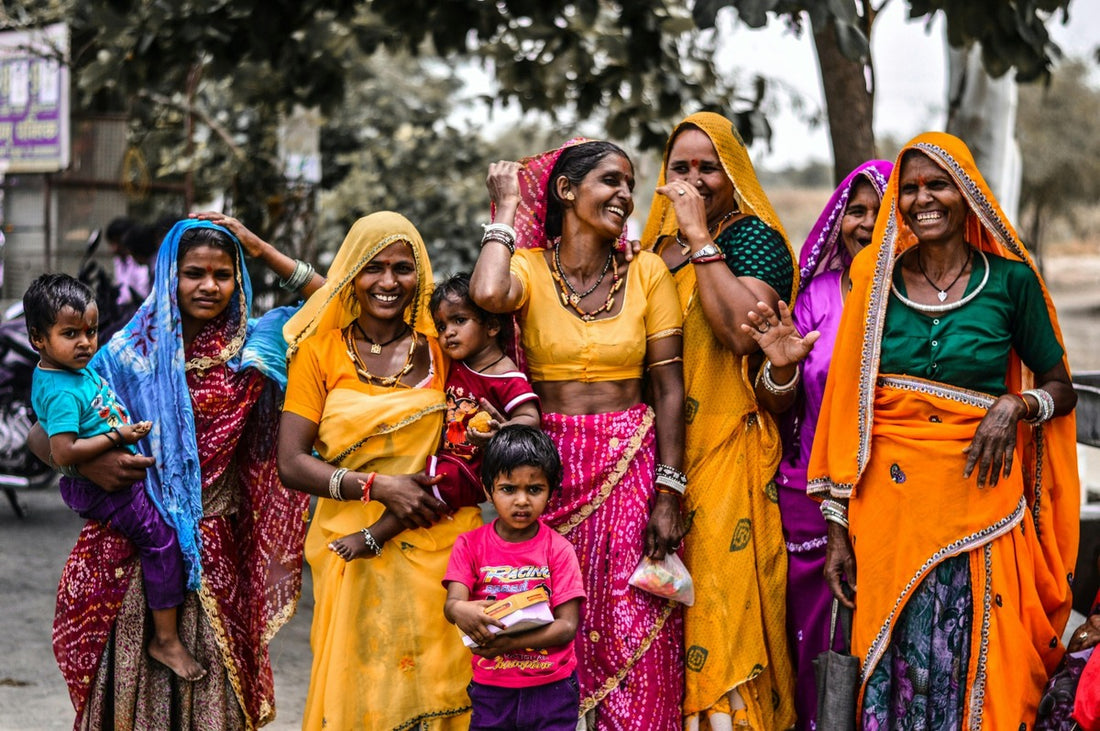
Understanding the Global Happiness Index: What it Means for Societies in 2025.
Alice Bijuപങ്കിടുക
Happiness is considered a personal and individual experience. However, the UN's Global Happiness Index provides a more comprehensive and integrated view that measures happiness across societies. This authoritative report ranks countries on various factors that contribute to the well-being of their citizens. But what does Global Happiness mean and why does it matter to countries and their citizens? Let’s dive deeper into the key metrics of the Global Happiness Index, why they're such an important tool for measuring social progress, and what they mean for governments, organizations, and individuals.

What is the Global Happiness Index?
The Global Happiness Index is an annual report published by the United Nations Sustainable Development Solutions Network (SDSN). Launched in 2012, based on surveys of how people feel about their lives, the program assesses global happiness levels. The main motive of this index is not to rank countries, but to provide a holistic view of the contribution of various social factors to prosperity. The report relies on data from the Gallup Global Survey, which surveys respondents in more than 150 countries. These surveys ask people to rate their lives on a scale of 0 to 10, where 0 is the worst life and 10 is the best. Combining these subjective assessments with objective factors, this index provides a holistic view of happiness and well-being.

Key metrics: How to measure happiness?
There are mainly six factors that influence happiness and a good life. These are important steps in creating the overall happiness of society.
- GDP per capita (income):The economic strength of a country is an important factor that contributes to the well-being of its citizens. Although income alone cannot buy happiness, it provides the resources necessary to access health care, education, and other services that enhance life. This index uses GDP per capita as a measure of the wealth available to the people of a country.
- Social Support and social relationships: This index helps in examining a person's emotional level in stressful situations. Countries with strong family ties, social ties, and accessible social services rank higher in this category. Social support fosters resilience and reduces feelings of isolation, contributing significantly to overall well-being.
- Healthy Life Expectancy: Health is another vital component of happiness. The index considers not only life expectancy but also the quality of health care available to citizens. A long and healthy life contributes to happiness by reducing physical suffering and providing individuals the opportunity to enjoy more of their time with family, work, and leisure.
- Freedom to Make Life Choices: Personal freedom and autonomy are central to well-being. People are happier when they have control over their lives and can make decisions that align with their values and interests. This index measures a citizen's ability to choose their path in areas such as education, career, and relationships.
- Acts of compassion and kindness: These are closely related to happiness. This index also calculates generosity by evaluating how much the citizens donate to charity and help others. It is often a matter of giving and doing work that brings more happiness to communities.
- Kindness: Helps in strengthening social ties and creates a sense of purpose, which are two keys to survival. High levels of corruption destroy trust and lead to feelings of insecurity and dissatisfaction. This index measures perceptions of corruption to assess citizens' trust in government, the legal system, and other key institutions. Communities that rely on leadership are happier.

Why is the Global Happiness Index important?
The World Happiness Index is more than just a list of countries. It is a powerful tool that provides knowledge about social life. Here are some important factors:- A Holistic Measure of Progress: The Global Happiness Index provides a holistic view of progress, taking into account social and emotional well-being. It encourages governments to focus not only on economic growth, but also on improving the lives of citizens.
- Design and Management: Governments around the world use the World Happiness Index as a measure to make policy decisions that focus on the well-being of their citizens. Knowing what contributes to happiness—such as social support, health, and freedom—allows policymakers to design interventions that target a country's weakest areas. For example, countries with lower achievement in health or education can focus on improving these services to increase the level of happiness.
- Global Comparisons and Best Practices: This index is a global comparison of how different countries are in terms of happiness and well-being. Countries can look to top countries like Finland, Denmark and Switzerland to see what policies and practices contribute to the happiness of their citizens. For example, Finland's strong social safety net, high quality education and trust in the government are cited as reasons for Finland's high living standards.
- A Catalyst for Social Change: The Global Happiness Index encourages a broader conversation about what progress means and how societies can evolve to achieve a better life . The focus shifts from economic growth alone to a more balanced approach that includes mental health, environmental sustainability and social cohesion. Data from this index allows citizens to demand more from their government and support policies that promote happiness and well-being, not just economic growth.
- The Role of Technology in Today's World: Technology plays an increasing role in creating the things measured by the Global Happiness Index. From digital health services that improve life expectancy to online platforms that increase social support, innovation is essential to improving quality of life. Inspired by the Global Happiness Index, the YesHappiness project uses technology to create social impact and promote happiness in communities through innovative solutions.




